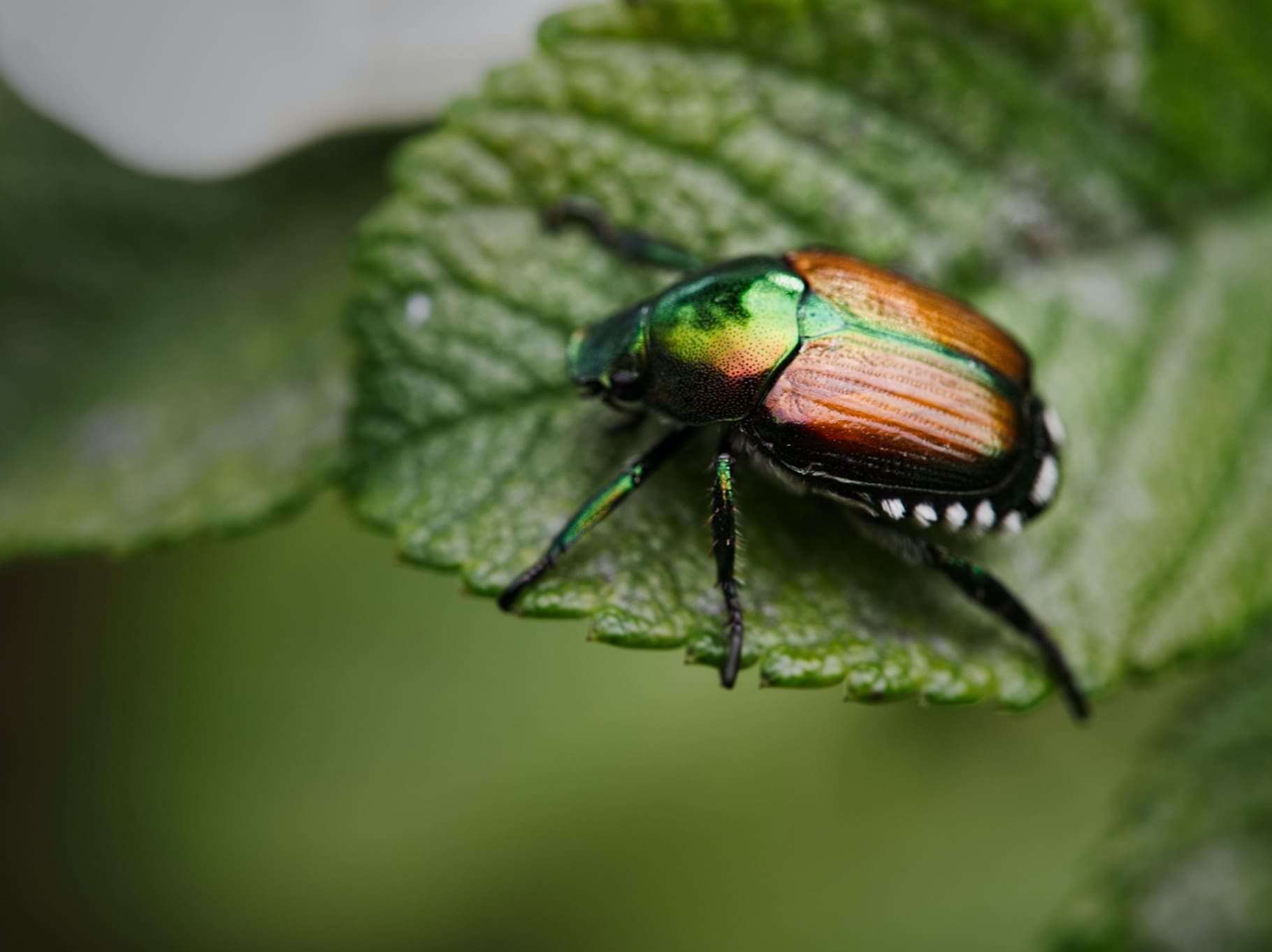What you need to know about grubs, from identification to lawn grub control
There are several signs your grass has grubs. These beetle larvae are a real problem because they feast on organic matter, including grass roots, and do damage to your lawn. Here, we’ll tell you what to look for to identify a likely issue with grubs, and what to do about lawn grub control.
At Borst Landscape & Design, we recommend addressing lawn grub control only when the larvae are hatched and eating. Some advice suggests treating your grass early before eggs have hatched, but waiting means you only have to treat the lawn a few times.
We will test and determine the correct time to treat for grubs in your Bergen County lawn, and will address other pests such as chinch bugs, sod webworms, and billbugs that feed on the grass above the soil surface.
Don’t hesitate to get in touch with Borst about all your lawn care and pest control needs!
Call (201) 581-8076 or reach out online today!
Lawn grub control starts with identifying the problem
With so many insects and bugs to be found in the yard, how do you know if you have pests? Many people are surprised to learn that there are common misconceptions about grubs and even how much damage they can do.
There are definite signs when you need lawn grub control to protect your grass. Let’s start at the beginning and answer the question, “what are grubs?”:
During late spring, beetles lay eggs that hatch into larvae, better known as grubs. Grubs are what we call the larval, or immature, stage of several species of beetles and chafers, including species that may enjoy feasting on your garden.
You may spot these white, c-shaped larvae in the late spring, or mature beetles in the early summer.
Finding a few grubs under your grass is not a cause for concern, but an infestation can mean serious damage – time for lawn grub control.
How do I know if I have an infestation?
Grubs feed on the roots of your lawn and left alone, can kill part or all of your beautiful grass. Grass damaged by grubs will easily pull out because the roots have been damaged. You may be able to pick up pieces of damaged turf like lifting up a rug. If lawn grub control is not implemented, these patches of dead grass will eventually spread widely across the lawn.
You may be surprised to learn that many lawn issues that resemble grub damage can be caused by something else, including disease, drought stress, or other pests like hairy chinch bugs and sod webworms.
It is commonly thought that seeing animals like moles, skunks, crows, and raccoons digging in the lawn is a sure sign of grubs. But it’s possible they are after other bugs and earthworms to eat. Lawn grub control should be part of comprehensive pest control and lawn maintenance to ensure a healthy, robust lawn.
So how do you know if you have an infestation?
The only way to be sure you have too many grubs is to look for them in your lawn by lifting up sections of grass and taking a count. Finding 6-10 grubs in a square foot means you may have a problem. If you have a large yard, it’s a good idea to look under the grass in several places, especially where you suspect grub damage. Or hire a professional team to do so.
Borst for lawn grub control
Borst offers a comprehensive list of organic lawn care services, including lawn grub control. Borst specializes in lawn maintenance and lawn care services that are safer, natural, and dependable. Beautifully maintained yards give your home a better look and give you real pleasure from your outdoor spaces.
For a robust, healthy lawn that is free of insect damage, give Borst a call.
Call (201) 581-8076 or reach out online today!
Photo by David Maltais on Unsplash

